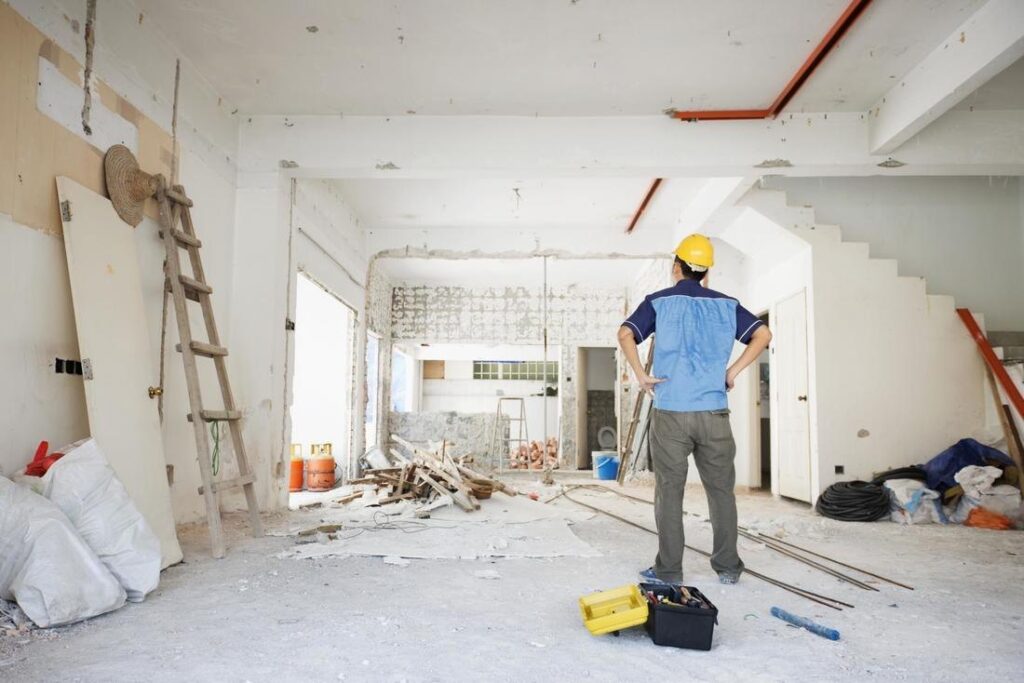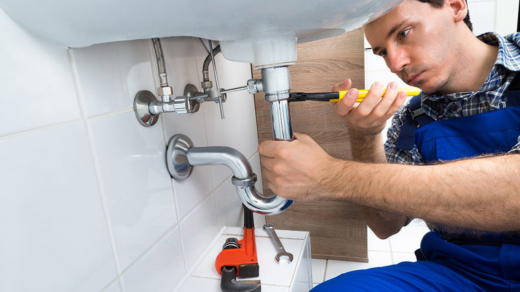In the fast-paced modern world, home is more than a living space-it’s a haven to relax and express individuality. As lifestyles and aesthetics evolve, more people are embracing home renovation—whether refurbishing old houses, optimizing layouts, or refreshing styles-to breathe new life into old spaces. Let’s explore creative renovation directions, practical tips, and how to achieve high impact on a budget.

I. Why Renovate Your Home?
- Enhance Living Comfort
Old homes often suffer from poor lighting, awkward layouts, or limited storage. Renovation optimizes space to streamline daily life. - Adapt to New Lifestyles
Post-pandemic needs like remote work, home fitness, or family bonding may require reimagining traditional living room or bedroom setups. - Boost Property Value
Upgrades (e.g., kitchen or bathroom makeovers) can significantly increase a home’s market appeal, yielding higher rents or sale prices. - Eco-Friendly Sustainability
Many projects use green materials (bamboo flooring, low-VOC paint) or repurpose old furniture, saving money and reducing waste.
II. Trending Home Renovation Directions
1. Small Space Maximization
Pain points: Crowded rooms with limited storage.
Solutions:
- Vertical storage: Wall-mounted shelves and overhead cabinets.
- Multifunctional furniture: Sofa beds, folding tables, storage-integrated beds.
- Open layouts: Replace non-load-bearing walls with glass partitions for airiness.
Case: A Shanghai couple transformed a 50㎡ old apartment into a “mini mansion” using custom cabinets and light tones, visually expanding space by 30%.
2. Old Home Renovation: From Dated to Modern
Pain points: Aging pipes/wiring, moldy walls, outdated styles.
Solutions:
- Prioritize basics: Redo waterproofing, replace old wiring.
- Wall refresh: Use eco-friendly latex or decorative paint.
- Flooring: Install SPC stone plastic composite flooring over old floors for cost-saving durability.
Case: A 30-year-old Beijing hutong house became a Nordic-style homestay after wall repainting and lighting upgrades, doubling its rental price.
3. Kitchen & Bathroom Upgrades
Pain points: Greasy surfaces, insufficient storage, moisture damage.
Solutions:
- Kitchen: Oil-proof wall stickers, pull-down shelves, single-basin sinks.
- Bathroom: Wet-dry separation, wall-hung toilets, mirrored cabinets.
Case: A Guangzhou blogger spent 5,000 RMB to revamp a 6㎡ kitchen with IKEA modules and online stickers, creating an Instagram-worthy space.
4. Style Refresh on a Budget
Pain points: Outdated decor with limited funds.
Solutions:
- Soft furnishings: Swap curtains, sofa covers, rugs.
- Wall decor: Artwork, plants, ambient lighting.
- Color schemes: Morandi tones, cream styles, retro green.
Case: A Chengdu renter spent 2,000 RMB to transform a rental into an Instagram-style home with new lighting and secondhand furniture.
5. Smart Home Integration
Pain points: Inconvenient traditional setups.
Solutions:
- Entry-level devices: Smart bulbs, electric curtains, voice-controlled sockets.
- Security upgrades: Smart locks, cameras.
Case: A Shenzhen family spent 3,000 RMB on Xiaomi ecosystem products for full-home smart control, enhancing daily convenience.
III. Practical Renovation Tips
- Plan before acting: Clarify needs (storage, lighting, style) to avoid random demolitions.
- Test small areas first: Renovate a corner (e.g., a living room nook) before scaling up.
- Embrace secondhand and DIY: Refurbish old furniture or paint walls yourself to cut costs.
Conclusion
Home renovation isn’t just for the wealthy—with the right approach, even tight budgets can transform spaces. Whether optimizing function or elevating aesthetics, every renovation is an investment in quality of life. Your home deserves the best!



